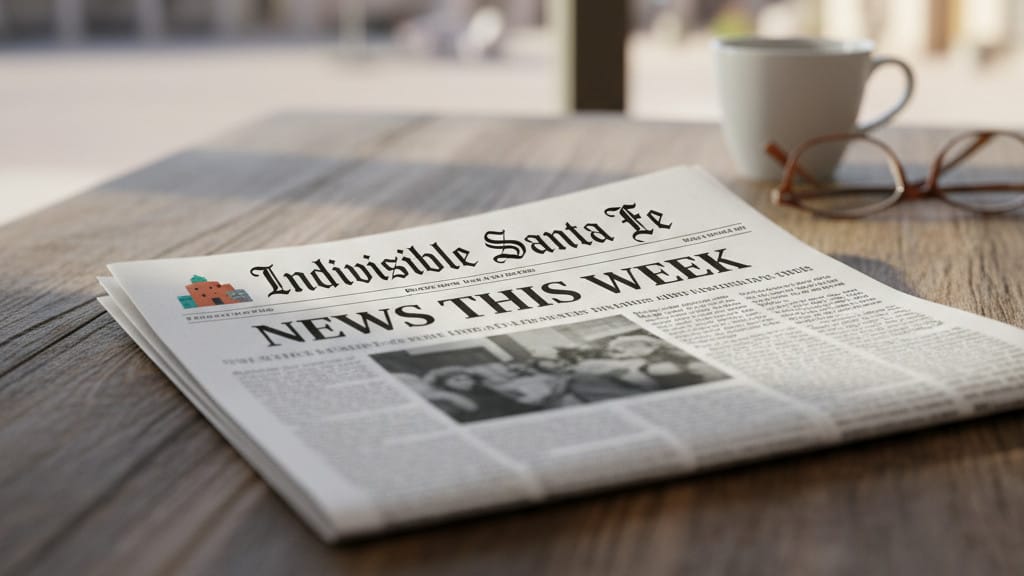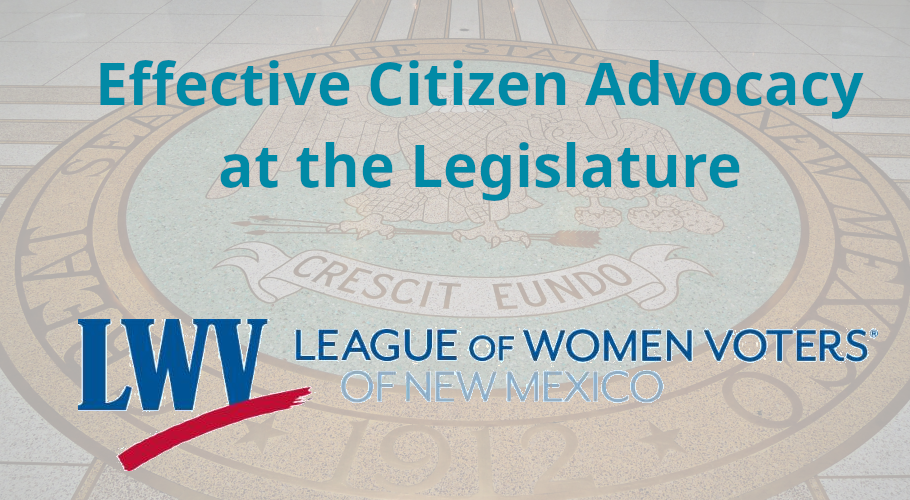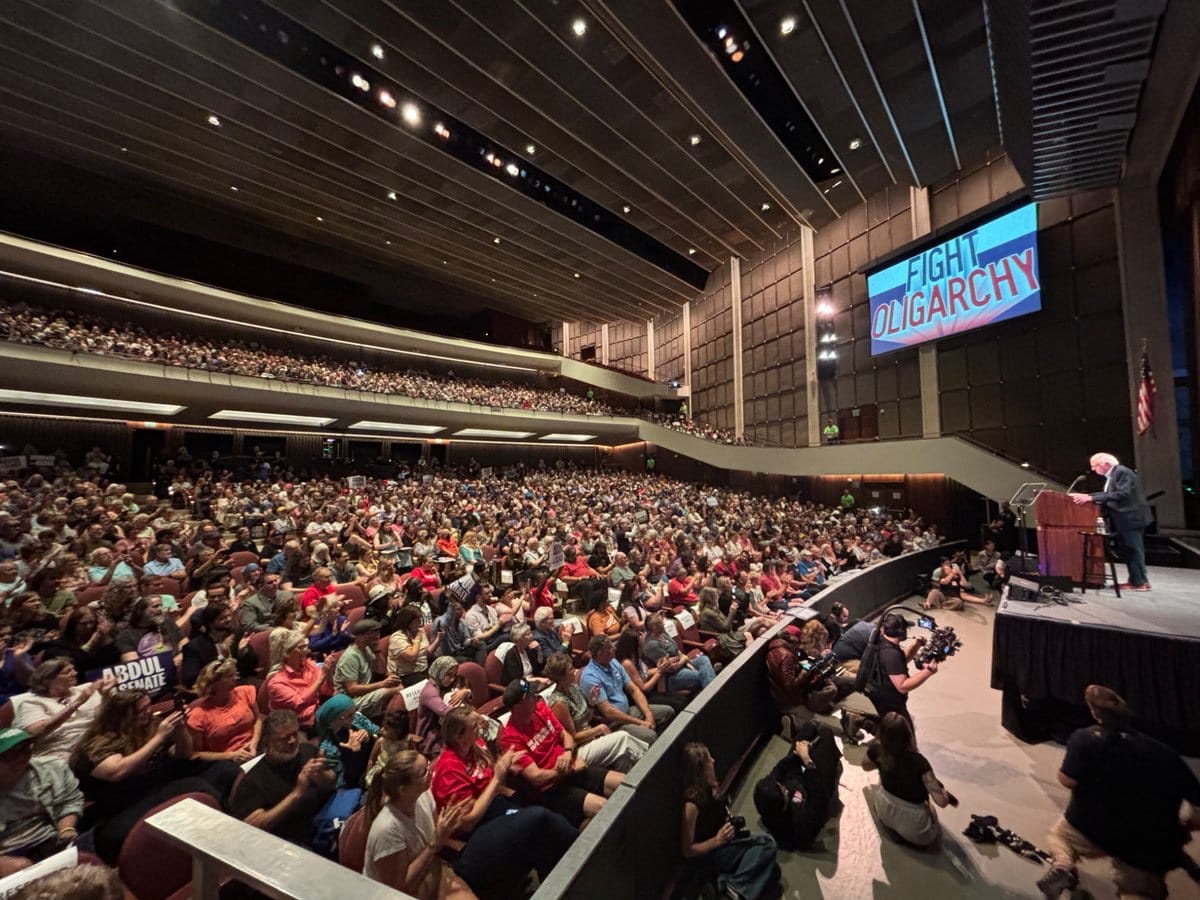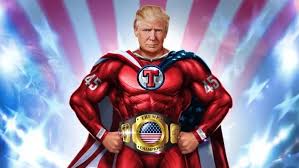by Dave Bazell
If you are wondering if attending a weekly meeting of Indivisible Santa Fe, and maybe going to some protests at the Roundhouse, is enough to stop the Trump administration from engaging in unconstitutional and immoral actions, here are some thoughts on that topic.
For some people, and this is important, yes, it is enough. Some people are not able to engage in more than meetings and a few protests. Perhaps they have limited time (family or work), or limited energy (elderly or infirm), or don’t feel safe drawing attention to themselves (immigrant or LGBTQ+). It is essential that we band together in mass protests against what the administration is doing. Mass protests build community. They show other people, who may not be participating out of fear or for other reasons, that there are a lot of us who are angry and oppose what is happening. Mass protests give people permission to express themselves and makes people feel safe. And as they say, courage is contagious. If people demonstrate courage by just showing up today, then even more people will show up tomorrow.
Protests also send a strong message to the administration and their enablers (i.e., Republicans in Congress) that there is massive opposition to what they are doing. Their policies are hurting people whom we love and institutions that we depend upon. While protests won’t change the President’s mine,, I am confident it will change the minds of some members of congress. Protests also are visible to the members of the business community, many of whom are apolitical but worried about their bottom line. They spend their lives reading the writing on the wall in order to try to predict the direction of future events that will affect their business and their investments. They can have their minds changed, and can show some courage if pushed.
So, yes, attending meetings is very important. It also provides the opportunity to share ideas and learn about other activities that are going on, both of which help build community and provide potential outlets for activism.
But there is more that we can do. And for people who are itching to do more, I have some resources. I recently attended an online seminar put on by Pace e Bene Nonviolence Service, an international organization whose mission is “to foster justice, peace, and the well-being of all through education, resources, and action for nonviolent change.” The seminar was “What Can We Do? The Top 10 Most Effective Nonviolent Actions to Meet This Moment.” Seminar leaders were Maria Stephan, coauthor with Erica Chenowith of “Why Civil Resistance Works”, and Rivera Sun, author and nonviolence trainer. I am including links to the seminar (1 hour) and the slides below so you can explore on your own. I am not going to summarize what was in the seminar (that’s why I’m including the links) but I will give you a few impressions and highlights.
The thing that struck me early in the seminar was a summary of key elements of winning pro-democracy campaigns:
First is the 3.5% rule, which is not quite as simple as it sounds. It is essential that this cohort includes diverse participation from the population, and that the 3.5% of the population that opposes the regime be committed to change and willing to act. This means more than just 11 million Americans showing up at protests. It means that we must have campaigns that oppose the regime and that people are willing to participate in.
Second, the people must be opposing the regime using a variety of nonviolent tactics. Some of these tactics are discussed in the seminar, but in particular the presenters called out strong noncooperation as an essential tactic that has broad application. Don’t obey in advance!
Third, we must work to shift the loyalty of key pillars of support. Pillars are constituents or institutions that provide support to the administration. Examples include businesses that back administration policies, cabinet members who carry out the policies, and security forces that try to corral protesters. Get these pillars to shift their support and the administration’s policies will fail. The regime will collapse.
And fourth, we must maintain discipline and remain resilient in the face of increased repression. This is because protesting will get harder and we have to keep up the pressure, perhaps at risk to ourselves. The key here, they suggest, is good organizing.
Another key concept that was presented early in the seminar was what they called a framework for understanding movements: Block, Bridge, Build. Block means to stop the bad things from happening, stop the abuses that are being perpetrated by the regime. Bridge means to build bridges that promote common understanding among groups. Here we need to bridge the gaps between groups of people that may not see eye to eye. The most obvious differences are between political parties but this also means bridging differences within our movement to achieve common goals. Finally, Build is where we build a new framework describing the future that we want.
The nonviolence movement is really about envisioning a future that we want and working toward that future. Dr. Martin Luther King, Jr. called this Beloved Community, a guiding vision that keeps us moving in the right direction, even if we never get there ourselves.
The final point I want to make is that there is a process for achieving results. First, it is important to clearly identify our grievances, the things that we think are wrong. This is pretty easy for most of us given the obvious unconstitutional and immoral actions of the administration. Next, we use these grievances to establish goals, what we want to achieve: Stop ICE, maintain health care, strengthen or restore institutions that have been attacked. These, and many other goals, should be clearly articulated so we know what it is we are trying to do. Then we need to define a strategy that will help us to achieve our goals. For me, this gets more complicated. There may be several strategies to achieve any given goal. Goals may overlap. Strategies may be useful for multiple goals. Nevertheless, we must do the hard work to be clear on what we want. And finally, it is the strategies which ultimately inform the tactics we use. There is extensive discussion of useful tactics in the seminar. Take a look.
Doing something is better than doing nothing. But to achieve the best results, there are proven methods that we can all benefit from knowing and understanding. I hope that this has whetted your appetite and you will view the seminar or look over the slides. There is a wealth of information in this short hour-long presentation. Enjoy!
Link to the recording of the seminar: https://www.youtube.com/live/BwGPs3KO48o
Link to the slides: https://docs.google.com/presentation/d/12mI5ywduzf2UmVi0c1s3h2CFQ7u6dE7YANTYf_ZbzU8/edit?slide=id.g360caea2a5b_0_1986#slide=id.g360caea2a5b_0_1986











